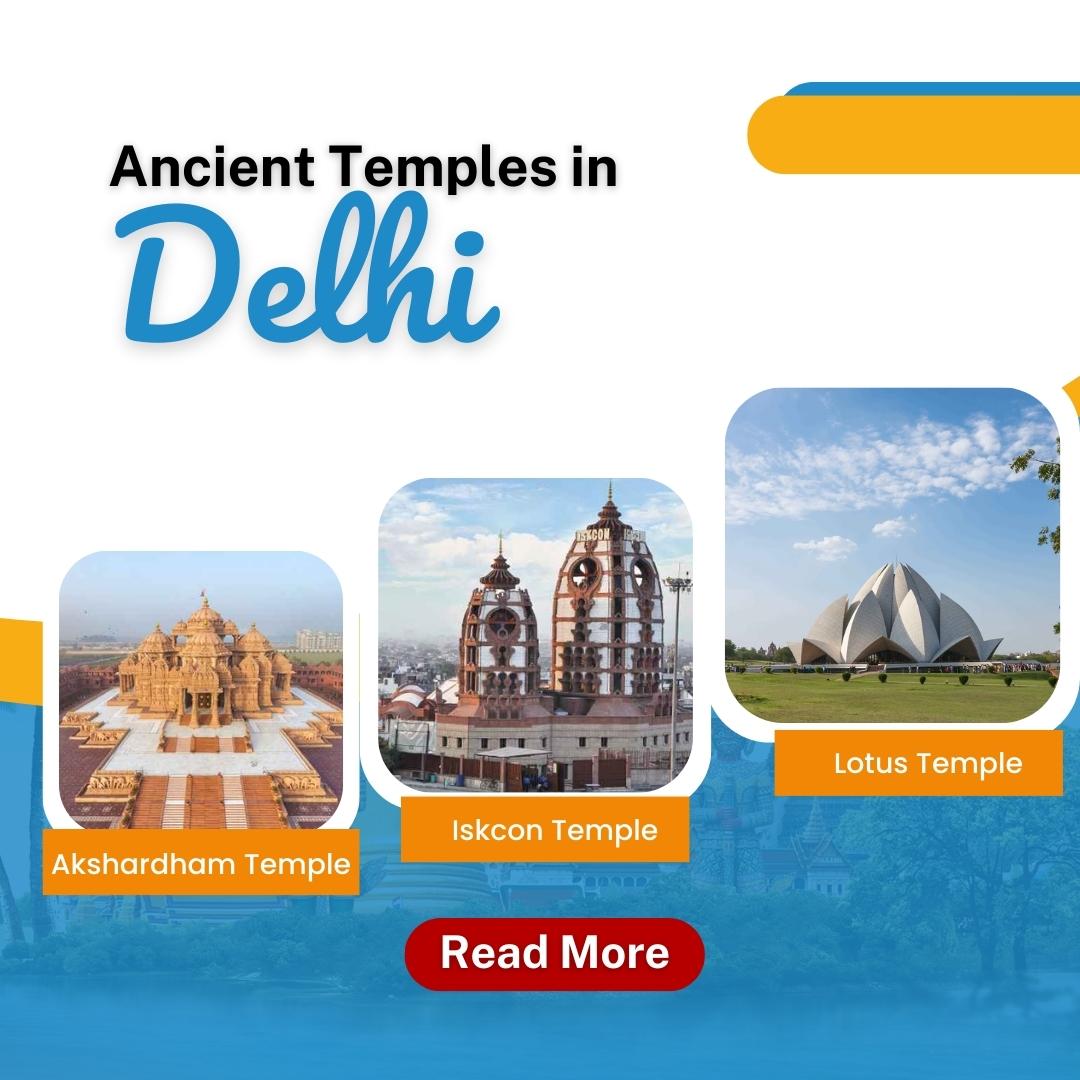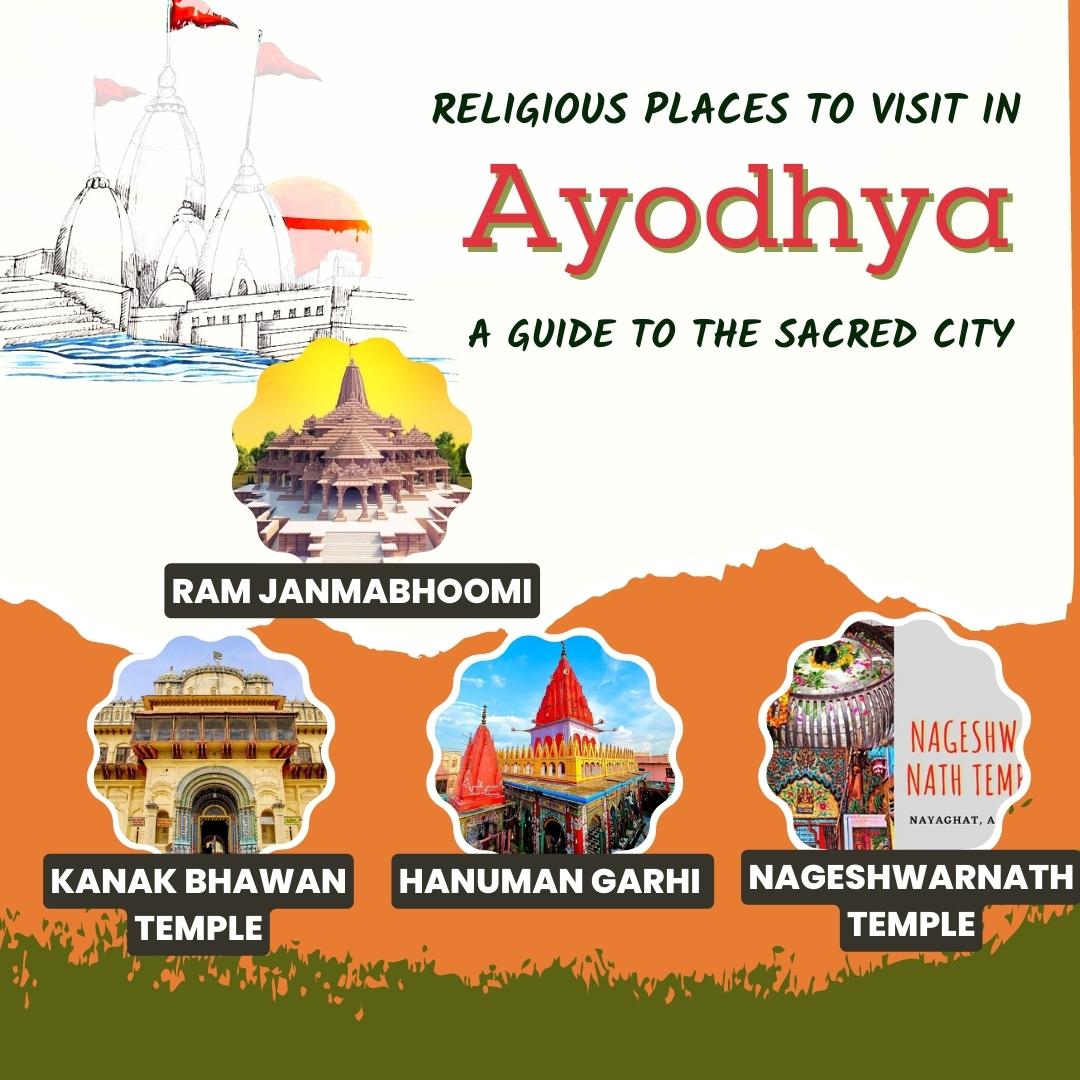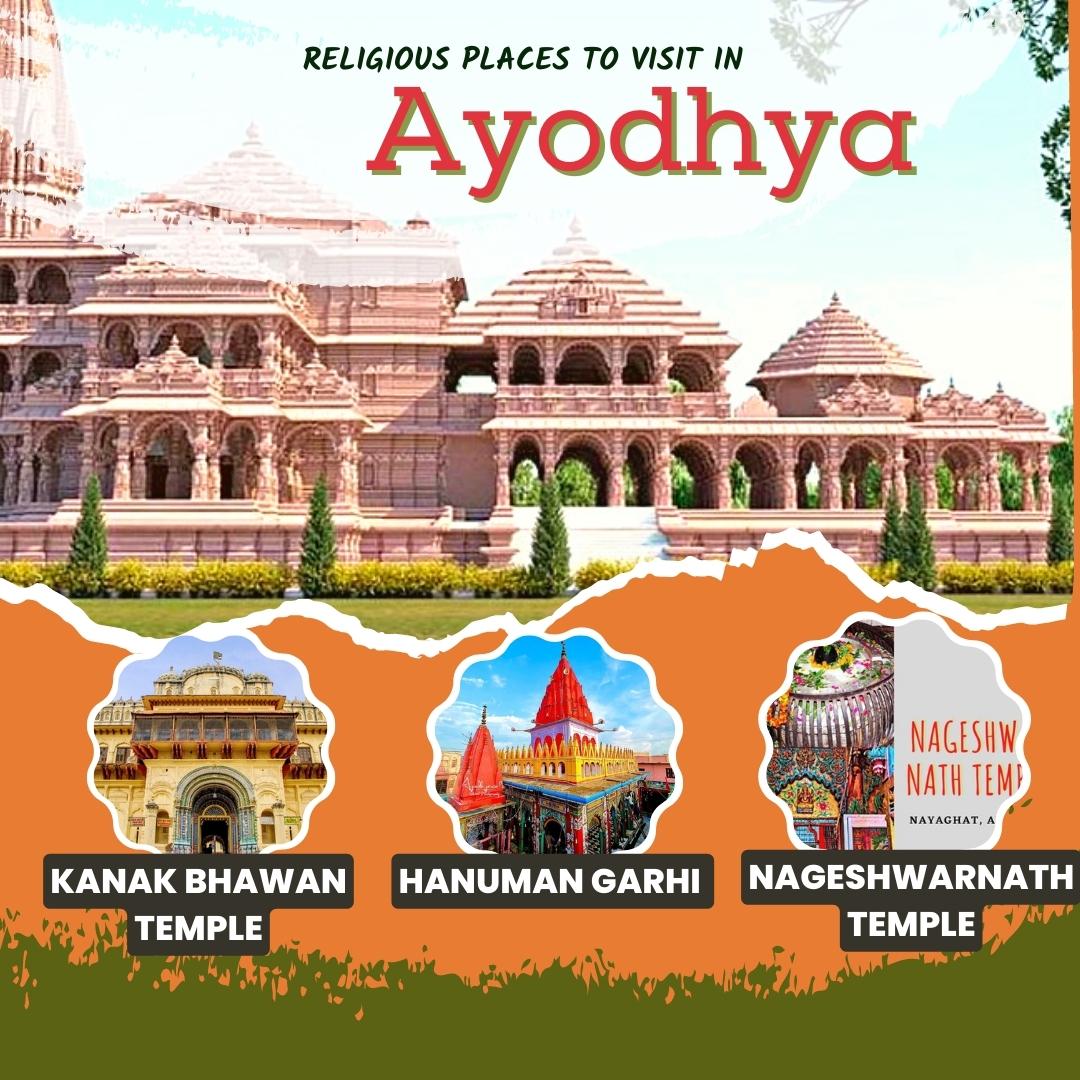
Delhi, the capital city of India, is a treasure trove of history, art, and architecture. The city boasts numerous monuments and memorials that reflect the diverse and rich heritage of India. This article will guide you through three iconic landmarks in Delhi – India Gate, Raj Ghat, and Jantar Mantar – unveiling their history, architectural features, and visiting information. Let Know About Delhi’s Monuments and Memorials.
India Gate
Historical background and significance
India Gate, an iconic symbol of Delhi, was designed by Sir Edwin Lutyens and completed in 1931. This war memorial commemorates the sacrifice of over 70,000 Indian soldiers who lost their lives during World War I and the Third Anglo-Afghan War. The eternal flame, Amar Jawan Jyoti, was added in 1971 to honour the martyrs of the Indo-Pak War.

Architectural features and design
Standing at 42 meters tall, India Gate is an imposing sandstone arch with a distinctive design inspired by the Roman triumphal arch. The names of the fallen soldiers are inscribed on its surface, symbolizing their immortal sacrifice for the nation.
Visiting information: Timings, entry fee, and tips
India Gate is open to visitors 24 hours a day, and entry is free. The best time to visit is during the early morning or late evening when the temperature is cooler, and the monument is illuminated by colorful lights. The surrounding lush green lawns are perfect for picnics and leisurely strolls.
Raj Ghat
Historical background and significance
Raj Ghat, situated on the banks of the Yamuna River, is the memorial dedicated to Mahatma Gandhi, the Father of the Nation. This sacred site marks the spot where he was cremated after his assassination in 1948.

Architectural features and a serene atmosphere
Raj Ghat features a simple yet elegant black marble platform, adorned with an eternal flame and inscriptions of Gandhi’s last words, “Hey Ram.” The memorial is surrounded by beautifully landscaped gardens, providing a tranquil and serene atmosphere for visitors to pay their respects.
Visiting information: Timings, entry fee, and tips
Raj Ghat is open daily from sunrise to sunset, and entry is free. Visitors are advised to dress modestly and maintain a respectful silence while at the memorial. Shoes must be removed before entering the memorial platform.
Jantar Mantar
-
Historical background and significance
Jantar Mantar, built in 1724 by Maharaja Jai Singh II of Jaipur, is an astronomical observatory that showcases the scientific prowess and architectural ingenuity of ancient India. The observatory was constructed to accurately predict celestial events and calculate time.

Unique architectural features and astronomical instruments
Jantar Mantar houses a collection of large-scale astronomical instruments, including the Samrat Yantra (the largest sundial in the world), the Ram Yantra, and the Misra Yantra. These structures, built with precise mathematical calculations, are a testament to the scientific knowledge and skill of their creators.
Visiting information: Timings, entry fee, and tips
Jantar Mantar is open daily from sunrise to sunset, and an entry fee is applicable. To gain a deeper understanding of astronomical instruments and their functions, visitors are encouraged to opt for a guided tour or rent an audio guide.
Tips for exploring monuments and memorials in Delhi
Best time to visit
The ideal time to explore Delhi’s monuments and memorials is during the winter months (October to March), when the weather is pleasant and conducive for sightseeing
Opting for guided tours
Guided tours can enhance your experience by providing valuable insights into the history, architectural features, and cultural significance of these monuments and memorials. Many sites offer guided tours, audio guides, or informational plaques to help visitors better understand and appreciate the landmarks.
Practicing responsible tourism and respecting local customs
When visiting these historically significant sites, it is essential to practice responsible tourism by adhering to the rules and regulations set by the authorities. This includes respecting the local customs, maintaining cleanliness, and not touching or climbing the monuments. Responsible tourism helps preserve these precious sites for future generations.
Conclusion
Delhi’s monuments and memorials are an integral part of the city’s cultural and historical fabric. Each site offers a unique glimpse into the past, leaving visitors in awe of the architectural brilliance and the stories they tell. As you explore these remarkable landmarks, take a moment to appreciate their significance and the history they represent, and let the spirit of Delhi’s heritage sweep you off your feet.














